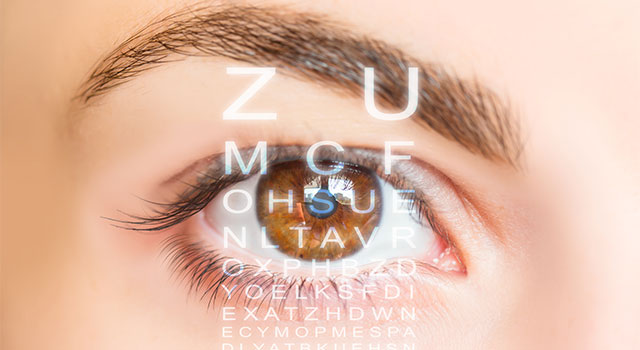The Role of Advanced Diagnostic Tools in Identifying Eye Disorders
In the realm of ophthalmology, the usage of advanced analysis devices has changed the very early identification and administration of different eye disorders. From finding refined changes in the optic nerve to monitoring the progression of retinal conditions, these modern technologies play a critical role in boosting the precision and performance of identifying ocular conditions. As the need for exact and timely diagnoses proceeds to grow, the integration of cutting-edge devices like optical coherence tomography and visual field screening has become crucial in the world of eye care. The complex interaction between modern technology and ocular methods not just clarifies elaborate pathologies but likewise opens doors to customized treatment methods.
Relevance of Very Early Diagnosis
Very early diagnosis plays a critical function in the reliable management and treatment of eye conditions. Prompt identification of eye conditions is vital as it enables prompt treatment, possibly stopping further development of the illness and minimizing long-lasting complications. By finding eye problems at an onset, health care carriers can supply ideal therapy strategies tailored to the specific problem, inevitably causing far better results for clients. Very early diagnosis enables people to gain access to required assistance solutions and resources earlier, enhancing their overall top quality of life.

Technology for Detecting Glaucoma
Cutting-edge analysis innovations play an essential role in the very early detection and surveillance of glaucoma, a leading source of irreparable blindness worldwide. One such modern technology is optical coherence tomography (OCT), which gives thorough cross-sectional pictures of the retina, permitting the measurement of retinal nerve fiber layer density. This measurement is important in examining damage triggered by glaucoma. An additional sophisticated device is visual area testing, which maps the level of sensitivity of a patient's aesthetic area, assisting to identify any type of locations of vision loss attribute of glaucoma. Additionally, tonometry is made use of to measure intraocular pressure, a major threat factor for glaucoma. This test is critical as elevated intraocular pressure can cause optic nerve damages. Moreover, newer innovations like making use of expert system algorithms in assessing imaging data are showing appealing results in the early discovery of glaucoma. These advanced diagnostic tools allow eye doctors to detect glaucoma in its beginning, permitting timely treatment and far better management of the disease to avoid vision loss.
Role of Optical Comprehensibility Tomography

OCT's capability to quantify retinal nerve fiber layer density permits accurate and unbiased measurements, aiding in the very early detection of glaucoma also prior to visual area problems come to be evident. Additionally, OCT technology allows longitudinal monitoring of architectural changes with time, promoting customized therapy plans and prompt interventions to aid protect patients' vision. The non-invasive nature of OCT imaging likewise makes it a preferred selection for keeping an eye on glaucoma progression, as it can be duplicated on a regular basis without causing pain to the client. Overall, OCT plays a critical role in improving the analysis accuracy and monitoring of glaucoma, inevitably adding to far better results for people in danger of vision loss.
Enhancing Diagnosis With Visual Field Testing
A necessary component in comprehensive sensory evaluations, visual area screening plays a crucial duty in boosting the analysis process for different eye conditions. By evaluating the full degree of an individual's visual field, this test offers vital info regarding the practical stability of the entire visual path, from the retina to visit this web-site the aesthetic cortex.
Aesthetic area screening is especially useful in the medical diagnosis and administration of conditions such as glaucoma, optic nerve conditions, and various neurological diseases that can affect vision. Via measurable measurements of peripheral and main vision, medical professionals can find refined modifications that may show the visibility or development of these conditions, even prior to obvious signs occur.
Additionally, visual area testing permits the surveillance of treatment efficacy, aiding eye doctors tailor therapeutic treatments to private clients. eyecare near me. By tracking changes in aesthetic field performance over time, doctor can make enlightened choices regarding changing medicines, advising surgical treatments, or applying other appropriate procedures to preserve or enhance a person's visual feature
Handling Macular Deterioration

Conclusion
In conclusion, advanced analysis devices play an essential role in determining eye disorders early. Technologies such as Optical Coherence Tomography and visual area screening have actually greatly enhanced the accuracy and effectiveness of diagnosing problems like glaucoma and macular deterioration. Early detection permits for prompt intervention and management of these disorders, ultimately causing much better outcomes for clients. It is important for medical care experts to stay upgraded on these innovations to give the most effective feasible care for their people. eyecare near me.
Comments on “Specialized Retina Service Near Me: Top-Notch Eye Treatment Professionals”